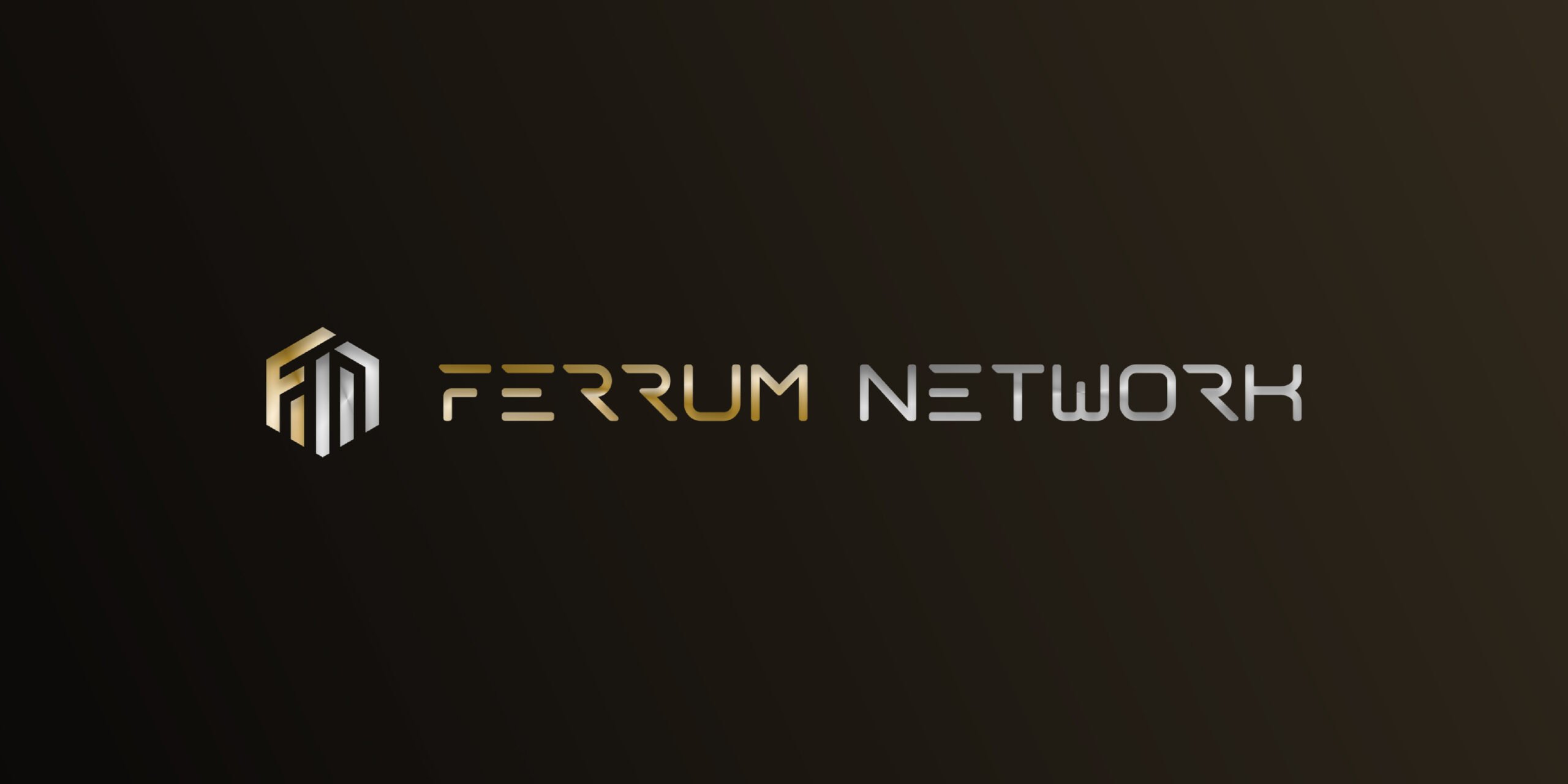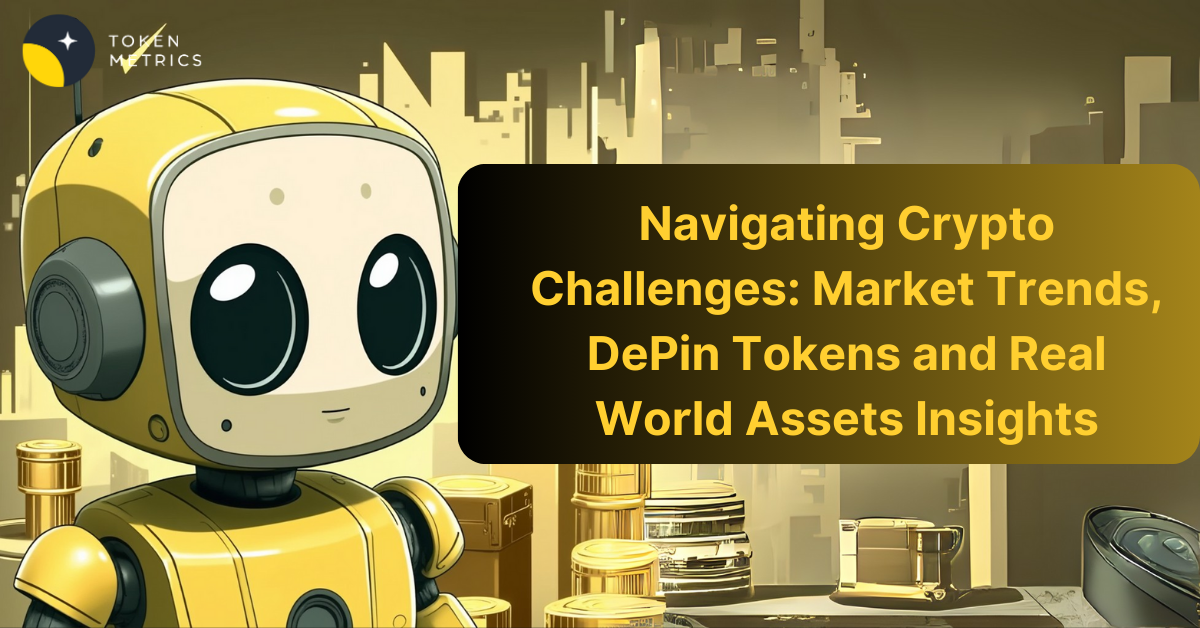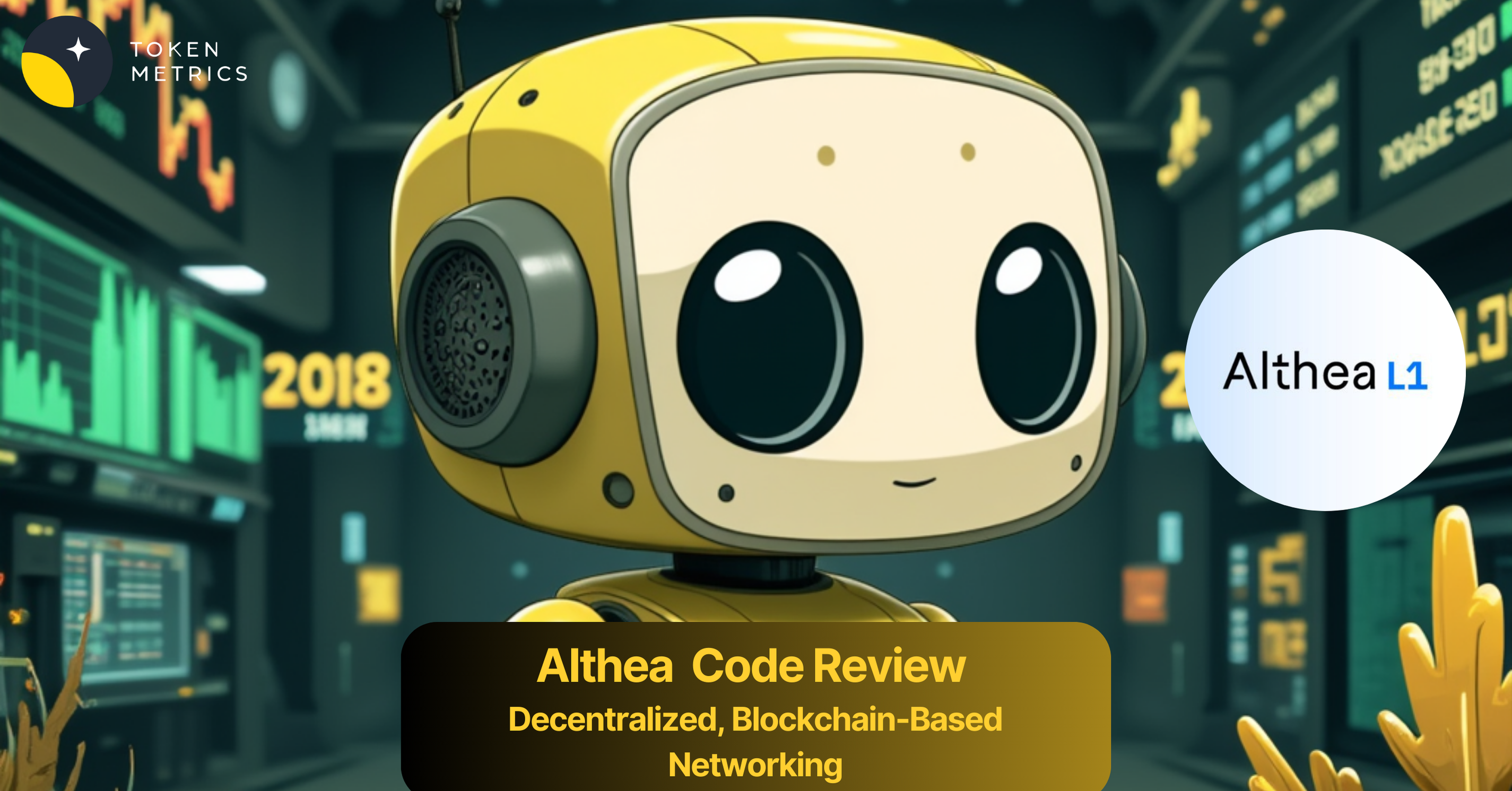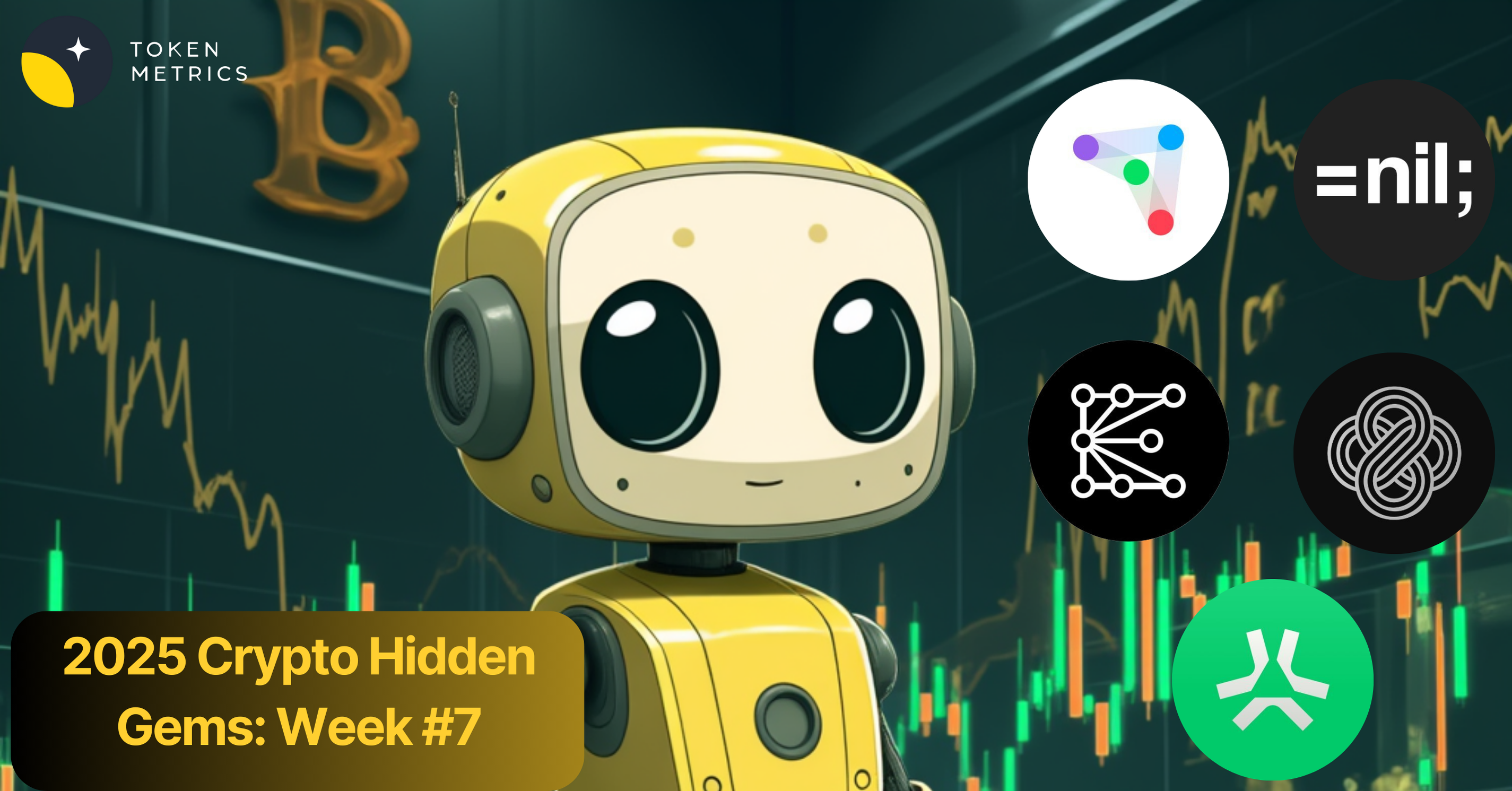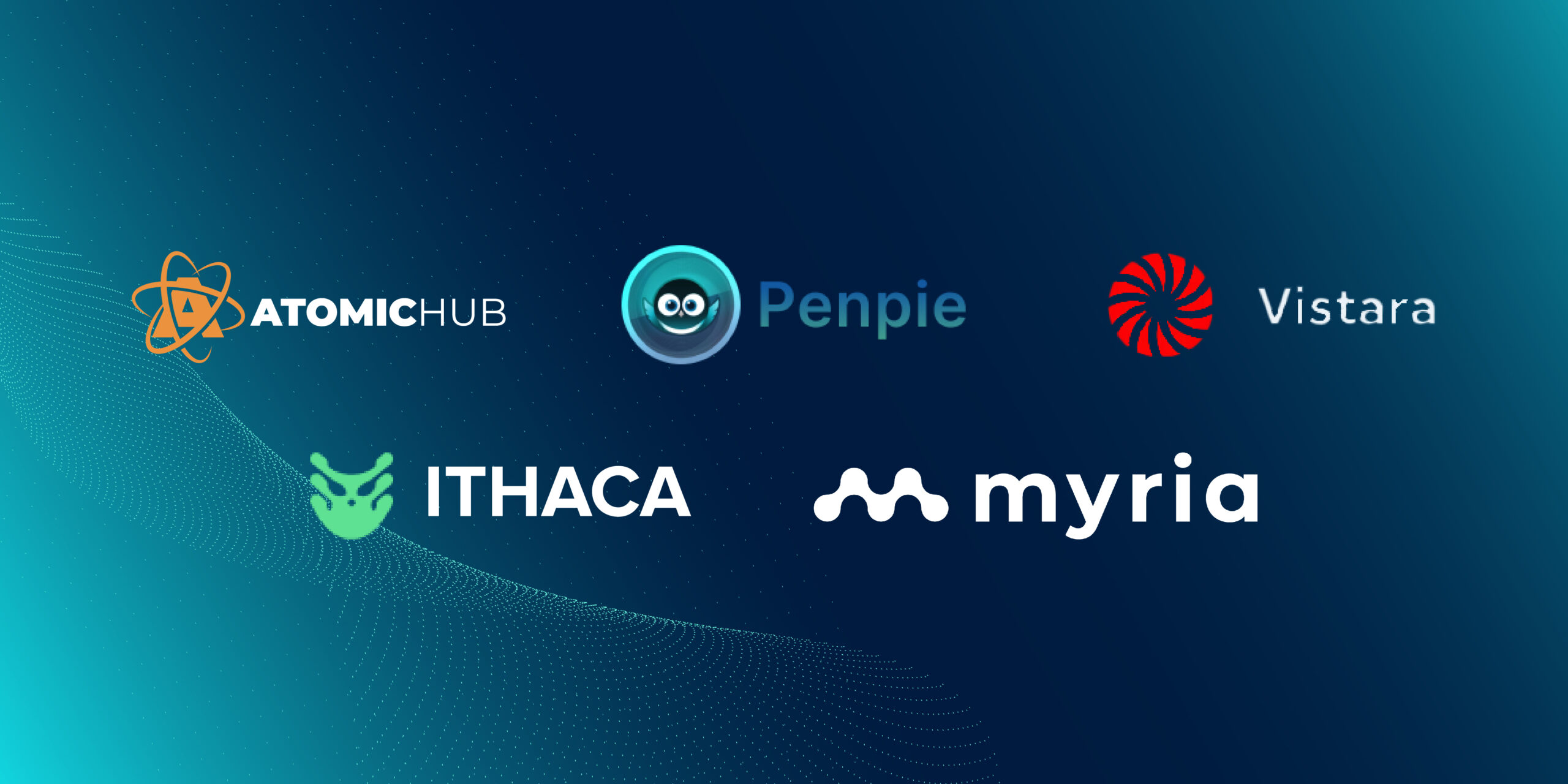Introduction
Ferrum Network offers a groundbreaking solution to the blockchain ecosystem’s increasing complexity, fostering interoperability between an array of blockchain networks. Our evaluation, encompassing innovation, architecture, code quality, product roadmap, usability, and team, culminated in a final score of 74.55%, with an expected surge to 83.64% upon mainnet release.
Innovation
Ferrum Network presents a refreshing take on Layer 1 (L1) networks, prioritizing interoperability to foster seamless interaction across all chains. By leveraging a multichain messaging engine, Ferrum Network creates a frictionless environment for developers and users alike, enabling the deployment of multichain DApps and facilitating engagement in a truly interoperable Web 3.0 ecosystem. The network stands out with unique offerings like Value Constrained Multi Chain Rollups (VCPR) and Multichain Validator Staking, which contribute to the project’s cutting-edge status.
Architecture
The architecture of Ferrum Network rests on its Infinity Layer mainnet, powered by the Polkadot Substrate consensus infrastructure, and its Quantum Portal, a multichain execution layer. The Quantum Portal’s core and its smart contracts maintain value and information states across blockchains, enabling the “build once, deploy everywhere” functionality. Key components include the Quantum Portal Node (a miner or validator), Quantum Portal Smart Contracts, and the Quantum Portal Multichain Explorer. The VCPR feature capitalizes on L1 network security, transforming Ferrum’s blockchains into Layer 2 solutions for various chains. Multichain Validator Staking enables the network to leverage the native security mechanisms of each integrated chain.
Ferrum Network Code Quality
The Ferrum Network boasts high code quality, well-structured and thoroughly tested. It embraces the Polkadot Substrate framework and provides vetted RPC and infrastructure partners for each integrated chain, in addition to an array of tech tools, demo dApps, scripts, and guides.
Product Roadmap
As part of their future roadmap, Ferrum Network plans to be deployed as a parachain on the Polkadot Relay chain, subject to securing a parachain slot via the Polkadot Parachain Auction process. This move would bolster transaction validation and immutability, secured by the Polkadot Relay chain.
Usability
The user experience is facilitated through the Ferrum Network Gateway, the primary access point to the Ferrum ecosystem and its range of DeFi products. It includes sustainable staking (Crucible), a multichain DEX aggregator (MultiSwap), a leaderboard module, and more. Interaction with the network requires the native cryptocurrency, FRM, which also serves as the fee token for MultiSwap and exhibits deflationary characteristics through Crucible.
Team
The team behind Ferrum Network comprises proficient developers possessing strong technical acumen and clear vision. Their commitment to ongoing support, along with consistent updates, reveals their dedication to fostering a vibrant developer community.
Conclusion
Ferrum Network shows promising potential to disrupt the blockchain landscape by simplifying the deployment and interaction of multichain solutions. Its focus on interoperability, underpinned by robust architecture and a clear roadmap, sets a strong foundation for success. However, as with all emerging technologies, continual monitoring and assessment are necessary to ensure its value proposition remains valid and competitive.
Tech Score
Ferrum Network, an interoperable Layer 1 blockchain platform, currently scores 74.55% in our evaluation, indicating its promising potential in the blockchain ecosystem. We project a score increase to 83.64% post-mainnet release, highlighting the anticipated enhancement of its capabilities and performance.
| Initial Screening | |||
| Keep researching | |||
| Does this project need to use blockchain technology? | Yes | ||
| Can this project be realized? | Yes | ||
| Is there a viable use case for this project? | Yes | ||
| Is the project protected from commonly known attacks? | Yes | ||
| Are there no careless errors in the whitepaper? | Yes | ||
| Project Technology Score | |||
| Description | Scorecard | ||
| Innovation (Out Of 11) | 9 | ||
| How have similar projects performed? | Good | 2 | |
| Are there too many innovations? | Regular | 2 | |
| Percentage of crypto users that will use the project? | 6%-10% | 3 | |
| Is the project unique? | Yes | 2 | |
| Architecture (Out of 12) | 9 | ||
| Overall feeling after reading whitepaper? | Good | 2 | |
| Resistance to possible attacks? | Good | 2 | |
| Complexity of the architecture? | Not too complex | 2 | |
| Time taken to understand the architecture? | 20-50 min | 1 | |
| Overall feeling about the architecture after deeper research? | Medium | 2 | |
| Has the project been hacked? | No | 0 | |
| Code Quality (out of 15) | 14 | ||
| Is the project open source? | Yes | 0 | |
| Does the project use good code like C,C++, Rust, Erlang, Ruby, etc? | Yes | 2 | |
| Could the project use better programming languages? | No | 0 | |
| Github number of lines? | More than 10K | 1 | |
| Github commits per month? | More than 10 | 2 | |
| What is the quality of the code? | Good | 2 | |
| How well is the code commented? | Good | 0 | |
| Overall quality of the test coverage? | Outstanding | 2 | |
| Overall quality of the maintainability index? | Outstanding | 2 | |
| When Mainnet (out of 5) | 5 | ||
| When does the mainnet come out? | 6 months after TGE | 5 | |
| Usability for Infrastructure Projects (out of 5) | 5 | ||
| Is it easy to use for the end customer? | Yes | 5 | |
| Team (out of 7) | 4 | ||
| Number of active developers? | 3+ | 1 | |
| Developers average Git Background? | Intermediate | 1 | |
| Developers coding style? | Solid | 2 | |
| Total Score (out of 55) | 46 | ||
| Percentage Score | |||
| Innovation | 16.36% | ||
| Architecture | 16.36% | ||
| Code Quality | 25.45% | ||
| Mainnet | 9.09% | ||
| Usability | 9.09% | ||
| Team | 7.27% | ||
| Total | 83.62% |

